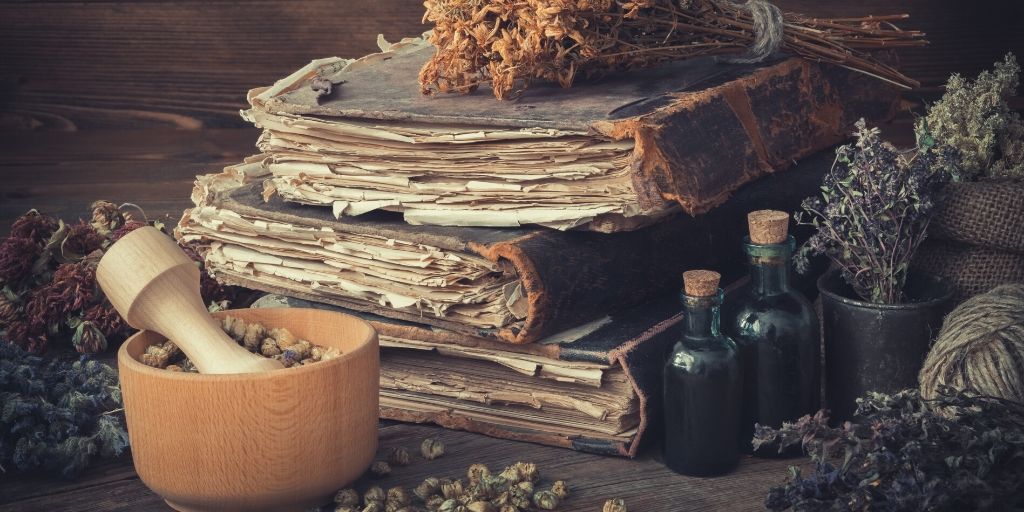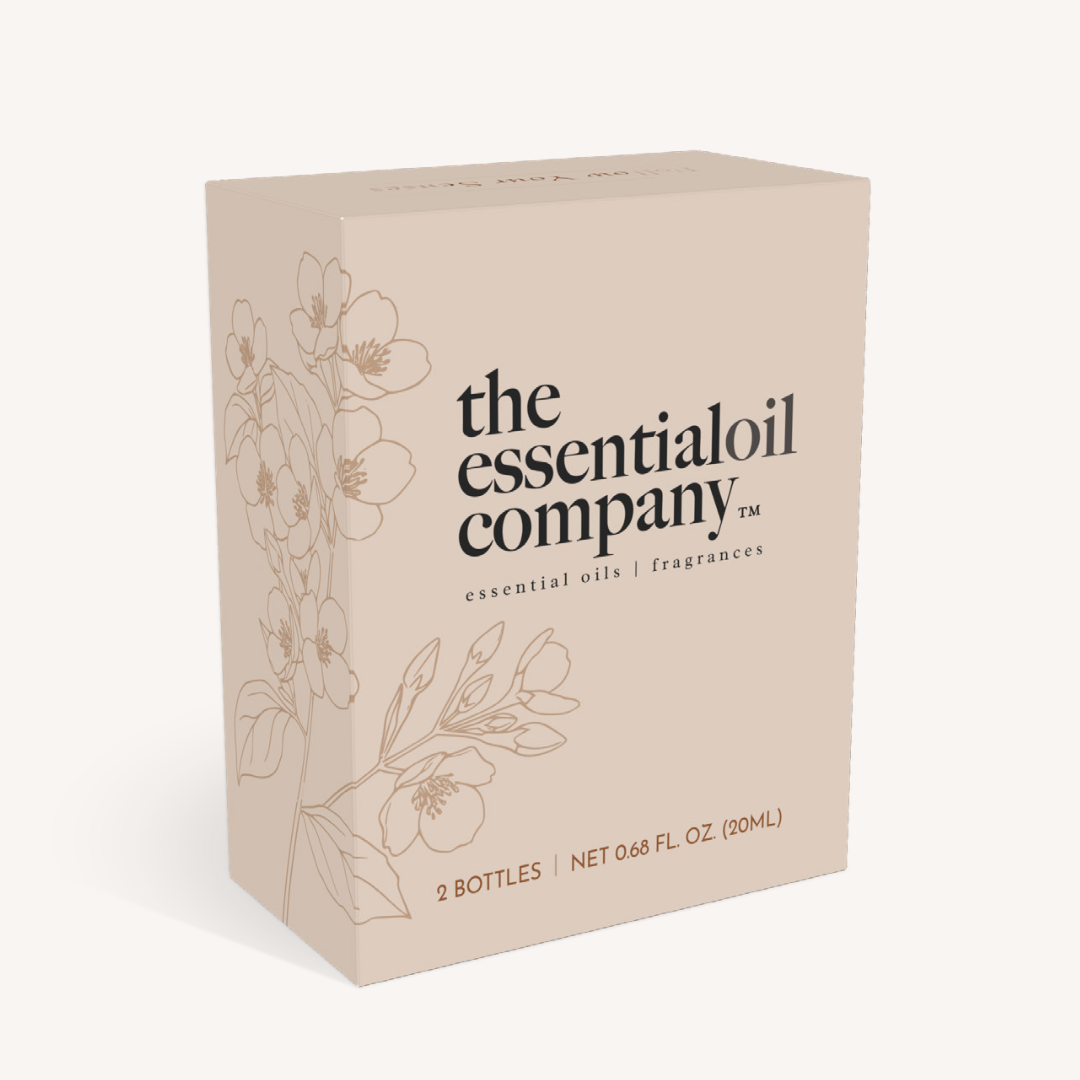
“Solve et coagula, et habebis magisterium”
Dissolve and bind, and you will have the magistery
Alchemy is the art and science of separation, purification and cohabation.
Alchemy is the ancient art that brought to us the practice of extraction and distillation. The quest of the Alchemist was the separation and recombination of the most basic elements in nature, as those elements were known at that time; and the recombination of those elements for the creation of things which have never existed. Alchemical practice is the foundation of Chemistry.

Separation through fermentation or maceration.
Purification through heat, distillation or calcination. Calcination is the process of heating a solid (such as an ore) in air below its melting point to effect thermal decomposition, phase transition or remove volatiles, thereby changing the original solid into something else—e.g., heating calcium carbonate to release CO2 gas and form calcium oxide.
Cohabation or recombination is called the "Chemical Wedding".
There are several methods for extracting aromatic compounds from plant material.
Maceration
Maceration is soaking raw material in water or vegetable oil. Making tea at room temperature without boiling the water is one type of maceration.

Placing dry plants in vegetable oil is another type of maceration. Sweet Almond oil, Jojoba oil or any other base oil can be used for macerating plants. This is an ancient method for extracting aromatic compounds from plants. The end product is not a pure essential oil, but it is a mixture that contains the pure essential oil and vegetable oil.
Enfleurage
Enfleurage is cold or hot fat extraction. Cold enfleurage is the use of odorless fats that are solid at room temperature. Traditionally, lard or tallow are used by those practicing enfleurage.

A large plate of glass is first coated with odorless fat. Once the glass is covered in fat, flowers are placed on top of the fat. The fat will absorb the aromatic compounds found in the flower. Flowers are left on top of the odorless fat for between 1 and 3 days. After the allotted time, the flowers will be removed from the fat, and new flowers will take their place. This process is continued until the perfumer is pleased with the aroma of the scented fat. This first product is called the "pomade". The pomade will then be washed or soaked with ethyl alcohol. The alcohol will absorb the fragrant components from the fat. The alcohol in the new mixture is allowed to evaporate, leaving behind the fragrant flower "absolute" The fats used for the process are then used for making soap.
For hot enfleurage, the plant material is soaked in heated odorless fat. The fat is then filtered to remove the flowers and used again until the fat is considered to be fragrantly saturated.
Solvent extraction
Solvent extraction is the use of ethanol, hexane or other volatile compounds and mixtures for extracting aromatics from plant material. Flowers such as Jasmine are soaked in the volatile solvent.

The solvents extract the fragrant compounds from the Jasmine. The solvent is then evaporated from the mixture after the flowers are removed. The remaining product is the "absolute".
Gas extraction
Gas extraction is using CO₂ or other gases to extract volatile compounds. When a gas is placed under pressure, it becomes a liquid. This liquid is then used as a solvent to extract volatile components from dry plant matter. When the pressure is released the gas evaporates leaving behind the gas extract. The gas is then re-compressed for further use.
Pressing
Pressing is used for extracting citrus essential oils. There are two types of presses used for citrus essential oil extraction.
One type of machinery scrapes the skin of the citrus fruit. This is where the essential oil is located. The thin scrapings are then washed with water. The essential oils are separated from the mixture using a centrifuge. This type of extraction is used for Bitter Orange, where the juice is not extracted.

The second method is part of the citrus juice extraction process. The essential oil is a by product of this process. In this extraction, the whole fruit is crushed. The liquids resulting from the crushing are then separated in a centrifuge. The liquid contains juice, pulp and essential oil.

Distillation
Distillation using water steam for extracting essential oils from plants.
There are three types of distilling used for extracting essential oils. Hydrodistillation, water/steam distillation and steam distillation.

Hydrodistillation
Hydrodistillation is where the plant material is soaked in water and the mixture is boiled. This is most commonly used for Orange Blossoms and Rose petals. Hydrodistillation can be used for almost all plants.

Above: hydrodistillation of Cananga flowers
Water/Steam Distillation
Water/steam distillation is where the plant material in a distillation retort is not sitting inside the boiling water but sitting above the boiling water. The steam from the boiling water passes through the plant matter. Water/steam distillation is under ambient pressure. This method is used for Patchouli, Clove Leaf and Citronella. It can also be used for almost all plants.

Above: water/steam distillation of Geranium Flowers
Steam distillation
Steam distillation is when steam is produced outside the distillation equipment, in a separate boiler. The steam then passes through the plant material under low pressure. This method is faster than hydrodistillation or water/steam distillation. We see this commonly with Peppermint and Lavender. this method can also be used with almost all plants.

In all the above methods, the steam containing the essential oil must go through a condenser. The condenser cools the steam back to a liquid state. Steam distillate is a mixture of essential oil and water. The water does not mix with the essential oil, but remains separate.

The distillate is then captured in an essencier (receiving can) where the essential oils and hydrosols are separated.







